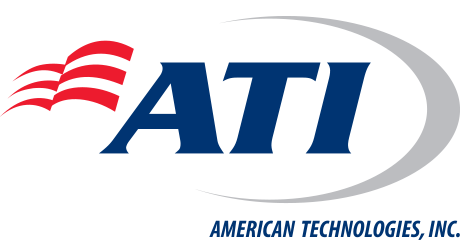Desiccant Dehumidification, the Concrete Answer
Mark D. Lebeck
National Project Manager
Commercial and Industrial
Background:
With the advent of the Architectural Industrial Maintenance (AIM) regulations, Volatile Organic Compounds (VOC) guidelines and the “sought-after” Leadership in Energy and Environmental Design (LEED) criteria, the construction and reconstruction industries have been forced into an evolving thought process.
Concrete issues, within the auspices of the above mentioned, have become a huge source of delays for the owners, property managers, insurance carriers and the construction contractors. In the past, the American Concrete Institute Standard ACI 301 was followed which basically referred to a 28 day cure. This allowed the contractor to proceed with flooring (adhesives), coatings and painting without concern for the environmental requirements and construction delays experienced today.
In the past for example, little or no consideration was given for the chemical composition of flooring tile/carpet adhesives, provided that the concrete achieved the “28 day” cure. Low solids, Hi VOC products were used which were not adversely affected by latent moisture. During the evaporation process of the volatile materials, some moisture was displaced.
Today:
Fast forward to today where the changing requirements are ever so present. Concrete chemistry has changed over the years, and some of the aggregate utilized to create a low density, lighter weight concrete pour, can and does have a tendency to retain additional moisture. (Remember, concrete cures by hydration when water reacts with the Portland Cement Powder. This is the reaction which gives concrete its hardness and strength). The adoption of the ACI 302 standard defines with more clarity quantitative values for moisture entrapment. Test methods for moisture measurement are defined, and technology exists which actually pinpoints relative humidity in concrete.
Moisture:
As a rule of thumb, a “typical” concrete slab retains about 50 gallons of excess water per cubic yard poured. (This varies depending on the density of the concrete.) Ambient relative humidity and weather conditions can also contribute to this potential dilemma. This excess moisture must be removed, or the new AIM regulated, VOC compliant and LEED certified water borne floor adhesive materials, coatings and paints will be negatively affected. Adhesion of the flooring systems, aesthetics of the paint and coating systems (exudation-blushing), and potential warping of wood appurtenances can take place if the moisture issue is not addressed. Excess moisture can also accelerate sporadic growth of mold and organics on the gypsum board walls and joint compound. In extreme conditions, the excess moisture in confined areas, can condense and create a fog and even “rain”.
Drying:
In order to create optimum drying conditions, the indoor areas must experience low relative humidly. Constant de-humidified air must be introduced in order to create conditions for the moisture to migrate from the subject areas. Utilizing the buildings HVAC system in order to achieve a low humidity environment is the incorrect method. Running the system during the construction and reconstruction phase can spread dust and mold spores throughout the ventilation system, thus contaminating non construction areas. Damage to the mechanics of the system including coils and filters should be of concern as well. The potential for spreading mold spores will have a negative effect on the LEED certification of any building. The most efficient, cost effective and quickest method of drying and moisture abatement is the utilization of desiccant dehumidification. Low dew points and low relative humidity will be realized in a timely and efficient manner, without compromising the HVAC system and the remaining building.
Temporary plastic air ducts are used which allow problem areas to be isolated from the remainder of the building. In concert with the desiccant dehumidifiers the moisture vapor pressure between the concrete slab and the ambient areas above the slab is lowered, and the dry air will reduce the threat of any condensation in the ambient areas.
The moisture vapor is desorbed from the concrete, and coupled with the air movement, is exhausted from the isolated area involved. Air exchanges per hour calculations are made based on the conditions, the cubic feet of the area to be dried, and the dew point/ relative humidity parameters. Once these simple calculations are completed, the proper and necessary sizing in Cubic Feet per Minute (CFM) output of the equipment and the number of units needed can be determined.
Added benefits to this procedure include the accelerated drying of other areas including drywall mud, paint, and cementitious fireproofing which all can be dried to industry requirements in a shorter time frame.
Conclusion:
In conclusion, the features and benefits of this approach offer tremendous cost savings to the client, the insurance carrier and the construction team. Quicker turnaround time, coupled with compatible environmental conditions for the newer formulated AIM, VOC and LEED compliant materials, can only enhance the bottom line in today’s economy.
Additional data can be found in the following:
- American Concrete Institute (ACI) Standard 302
- American Society for Testing and Materials (ASTM F-2170 Relative Humidity Probe Test)
- American Society for Testing and Materials (ASTM F-1869 Calcium Chloride Moisture Test)
- Steel Structures Painting Council (SSPC) key words paint, coatings, concrete
- National Association of Corrosion Engineers (NACE) key words concrete, moisture


